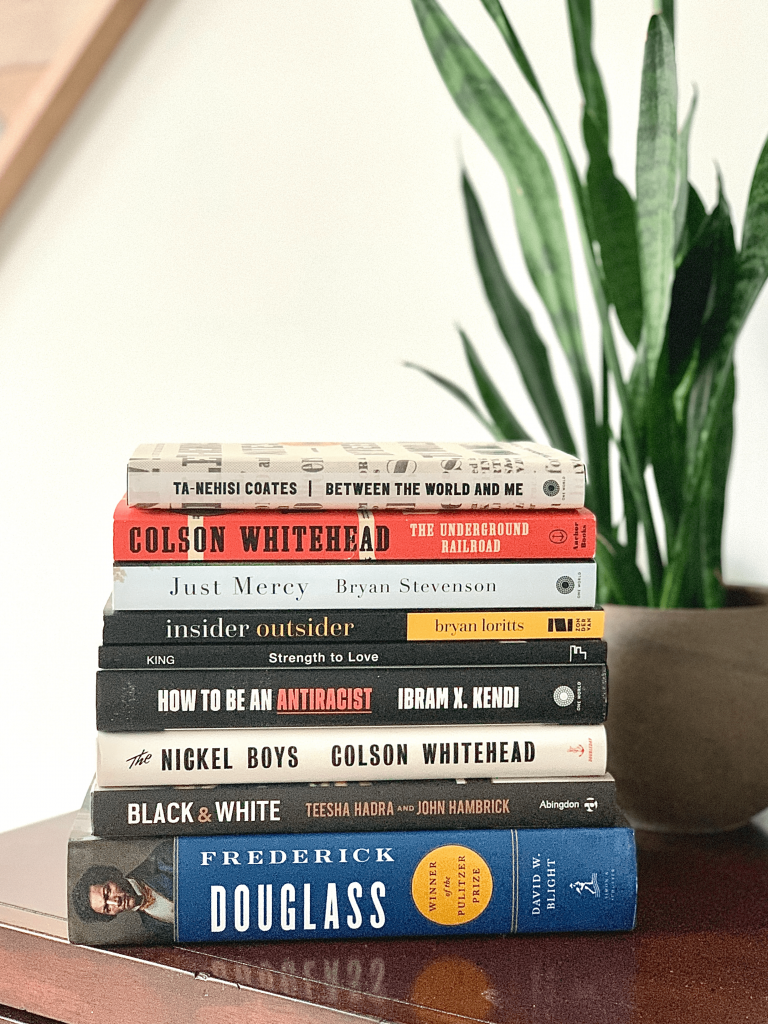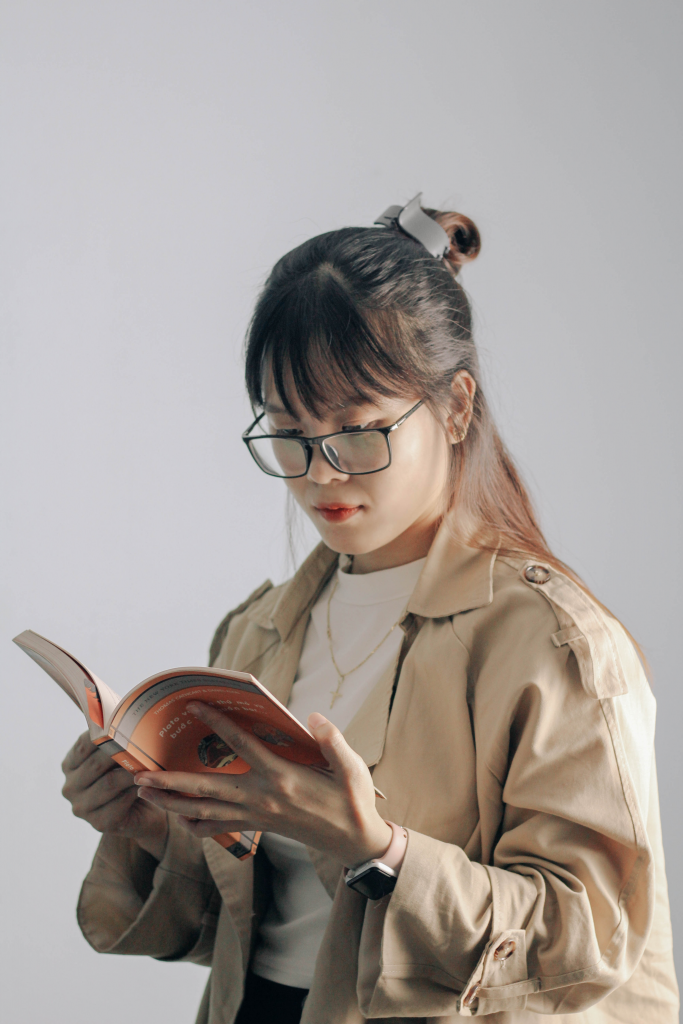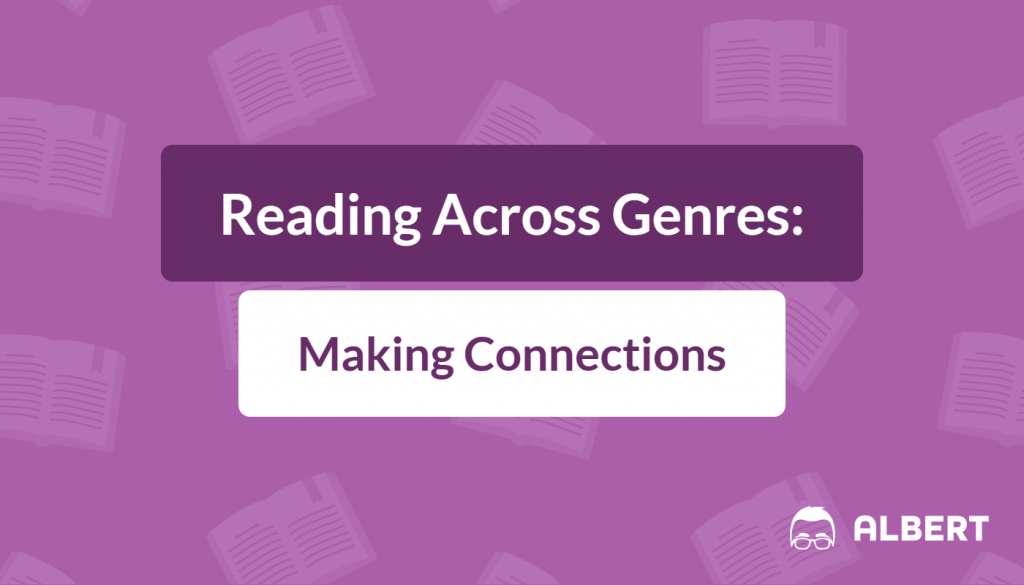What We Review
Introduction
In any classroom, you’ll find a mix of students with very different reading tastes. Some love diving into fiction and exploring imaginary worlds and characters. Others are drawn to nonfiction, eager to learn about real events, places, and people. It’s natural for everyone to have their favorite genres, but sticking only to what you like can limit your experiences.
To become effective communicators and well-rounded individuals, it’s important for students to step outside their reading comfort zones. Exploring a variety of genres, not just the ones you prefer, broadens your understanding of the world and enhances your ability to connect with different kinds of texts and people. So, while it might feel challenging at first, opening yourself up to new genres is a journey worth taking. It can lead to surprising discoveries and new perspectives that enrich your learning and personal growth.
Understanding Genres

Imagine the world of reading as a huge library with endless shelves, each filled with different genres. It’s easy to stick to one or two familiar aisles, but there’s so much more to explore! Even though you might feel most at home in certain genres, stepping into new ones can be an exciting adventure. Teachers play a key role in this exploration, introducing you to a wide range of genres and helping you discover new interests.
Let’s look at some common genres:
- Novels and Biographies: Both tell stories about someone’s life, but with a twist. Novels are fictional tales, while biographies are true stories.
- Articles and Speeches: These usually have a clear argument backed up by evidence. Articles typically aim to inform, while speeches often try to persuade.
- Poems and Dramas: They might share similar styles, like rhythm or dialogue, and both are meant to entertain. Yet, they offer distinct experiences – poems with their lyrical beauty and dramas with their theatrical flair.
Each genre has its own unique way of exploring topics, purposes, and messages. But here’s the cool part: different genres can actually talk about the same things. A theme or topic might appear in a novel, a poem, or a biography, each offering a different lens through which to view it. So, by reading across genres, you’re not just learning about different styles of writing; you’re seeing how the same idea can be interpreted and expressed in multiple ways. This can give you a richer, more rounded understanding of the topics you’re interested in.
Reading Across Genres

Consider the novel To Kill a Mockingbird. This classic book isn’t just a story; it’s a window into some major events in American history. To fully grasp the novel, dive into articles about the Great Depression and the Civil Rights Movement. The novel is set during the Great Depression, which influences the characters and their situations. But Harper Lee wrote it during the Civil Rights Movement, which adds another layer to its themes of racial injustice and moral complexity.
One particularly poignant true story is the story of The Scottsboro Boys. These young men were falsely accused and unjustly treated in Scottsboro, Alabama, much like the character Tom Robinson in the novel. Reading about this case will help you see the parallels and understand the novel’s commentary on racial injustice.
While reading the chapter where Jem and Scout visit Calpurnia’s church, listening to old gospel songs can transport you to that era, giving you a feel for the culture and atmosphere. Films like “12 Angry Men” can complement your reading. This film delves into themes of justice, prejudice, and moral courage, much like “To Kill a Mockingbird.” Watching it can spark discussions on how people’s biases and moral decisions impact justice.
By engaging with these different genres – historical articles, true stories, music, and film – you’ll gain a more complete understanding of “To Kill a Mockingbird.” You’ll see how the novel not only tells a story but also reflects real historical events and social issues. This approach to reading, looking at a novel through the lens of other genres, can offer a richer, more nuanced perspective on the story and its themes.
Analyzing Across Genres: Poetry and Fiction
When you’re looking at texts from different genres, like poetry and fiction, it’s like using different lenses to see the same scene in new ways. The key is not to get too bogged down in the details of each text but to focus on how they connect and enrich each other.

For example, after delving into the tragic story of Tom Robinson in “To Kill a Mockingbird,” you might explore Maya Angelou’s poem “Still I Rise.” Discussing how Angelou uses style, symbolism, and emotion can create a powerful link between the two texts. Focus on the similarities in their messages, like Angelou’s line, “You may trod me in the very dirt but still, like dust, I rise,” and how this echoes Helen Robinson’s reaction to her husband’s fate.
Dive into what the imagery of ‘dirt’ represents in both the poem and the novel. What does it say about Helen Robinson’s grief or the broader experiences that inspired Angelou’s writing? This kind of discussion can help you feel the emotional depth of both texts more deeply.
By pairing poetry with fiction, you’re not just reading two separate texts; you’re weaving them together to create a richer understanding of their themes. It’s about seeing how different forms of writing can illuminate the same truths in different ways. This approach can engage every reader in the classroom, making the learning experience more dynamic and insightful.
Analyzing Across Genres: Drama and Nonfiction
Combining drama and nonfiction in your studies can be like mixing colors to create a whole new shade. Both genres have their unique way of exploring truth, whether it’s through the emotional journeys in a play or the real-life stories in nonfiction.
- Pursuit of Truth: At the core of both drama and nonfiction is a search for truth. In drama, this truth comes alive through characters’ emotions and experiences. In nonfiction, it’s presented through factual accounts and real-life narratives.
- Integrating Drama in Novel Studies: When you bring a play into your novel study, it’s like opening a new window into the world of literature. It might seem tough at first because plays can feel unfamiliar or complex, but remember, drama is meant to be experienced, not just read. It’s about feeling the story, understanding the characters’ emotions, and seeing the plot unfold as if it’s happening right in front of you.
- Experiencing Drama: Encourage yourself to approach drama as an active participant. Imagine the scenes playing out, feel the characters’ dilemmas, and try to understand their choices and motivations. This isn’t just about reading words on a page; it’s about stepping into a different world and living the story.
- Connecting Drama to Nonfiction: As you read a play alongside nonfiction texts, look for connections. How do the themes in the play resonate with real-world issues or historical events you read about in nonfiction? This kind of analysis can deepen your understanding of both genres, showing how even fictional stories in plays can reflect and comment on real-life truths.
By exploring drama alongside nonfiction, you’re not just learning about different literary forms; you’re experiencing how different genres can complement each other, offering a more comprehensive and profound understanding of the themes they explore. This approach can transform your experience in the ELA classroom, making literature more engaging and meaningful.
Conclusion

When you start expecting that every novel in class will come with a mix of different texts – poems, documentaries, plays, and more – it might seem a bit daunting at first. But soon, this variety becomes something to look forward to. Each day brings something new: one day you’re diving into a poem, the next you’re watching a documentary, and maybe the next you’re acting out a scene. It keeps class exciting and dynamic.
The real challenge? Getting you to step out of your comfort zone and try something new, even if it seems tough or unfamiliar. You might not naturally reach for a play or a documentary on your own, but that’s where the classroom experience can make a difference. It’s our job as teachers to introduce you to these varied texts, to show you how each one has its own value and can be just as accessible and enjoyable as the genres you’re more comfortable with.
By experiencing this range of genres, you’re not just learning about literature; you’re broadening your perspective, enhancing your understanding, and gaining a deeper appreciation for all kinds of storytelling. This isn’t just about reading different types of texts; it’s about expanding your world and seeing things in new ways.
Practice Makes Perfect
In addition to the recommended activities above, Albert provides a wide range of texts for students to analyze and interpret. For emerging readers, check out our Short Readings course, which uses short passages to reinforce fundamental reading skills. Readers at all ability levels may enjoy our Leveled Readings course, which offers Lexile® leveled passages focused on a unifying essential question that keeps all students on the same page regardless of reading level. Learn more about the Lexile Framework here!
For authentic practice, check out our Essential Readings in Literature course. This course provides an overview of the core texts that American students often read in English class. We’ve broken down each text according to skill, ensuring that students approach their reading from every angle.
With our easy-to-use interface and informative feedback, Albert.io is the perfect tool for reinforcing close reading skills and helping students develop a deeper understanding of the texts they encounter.








